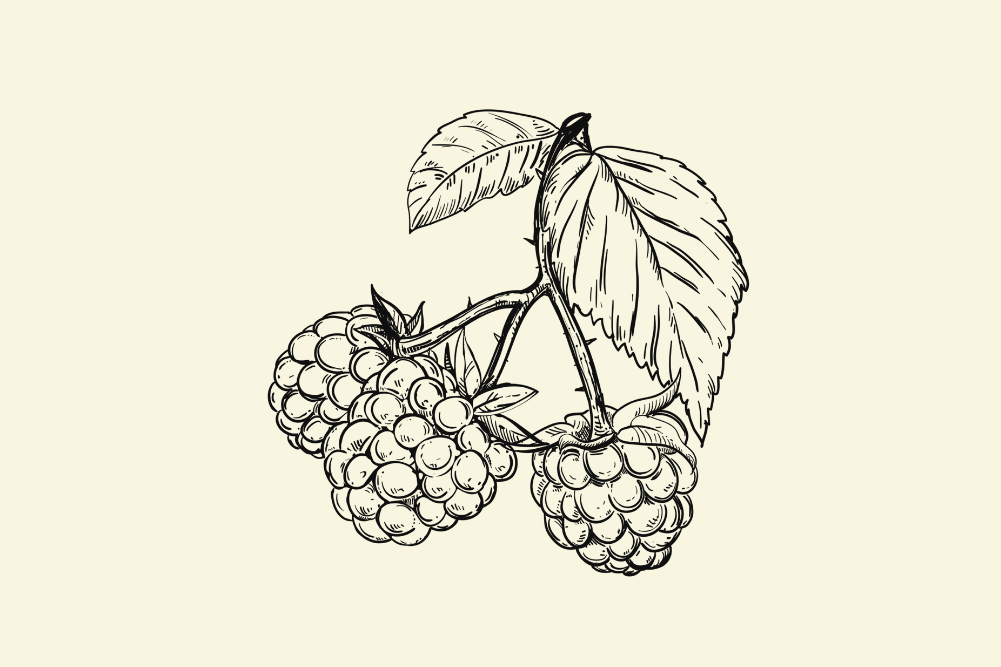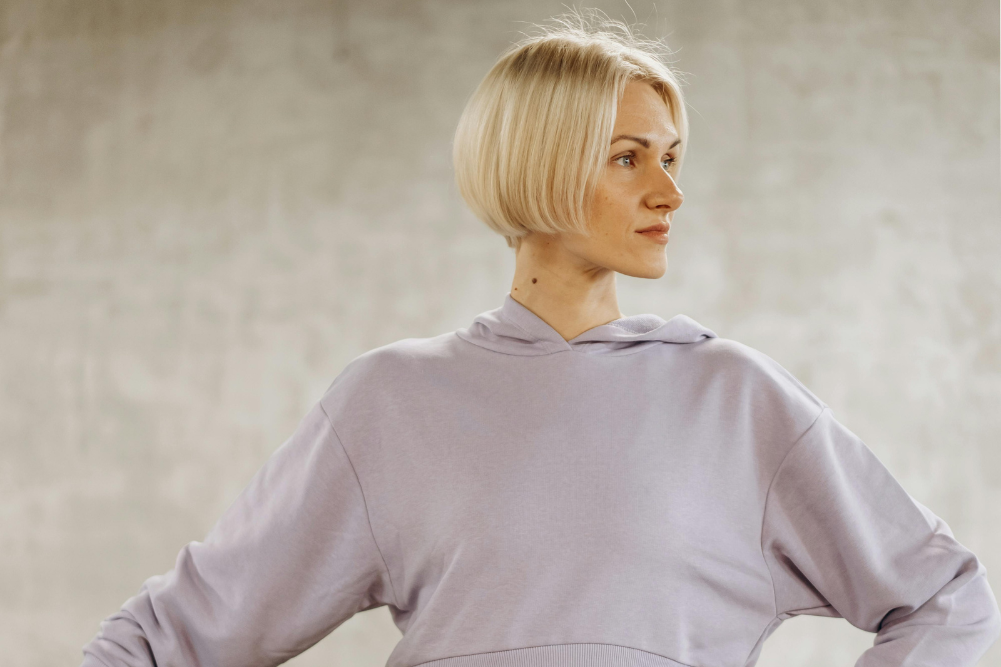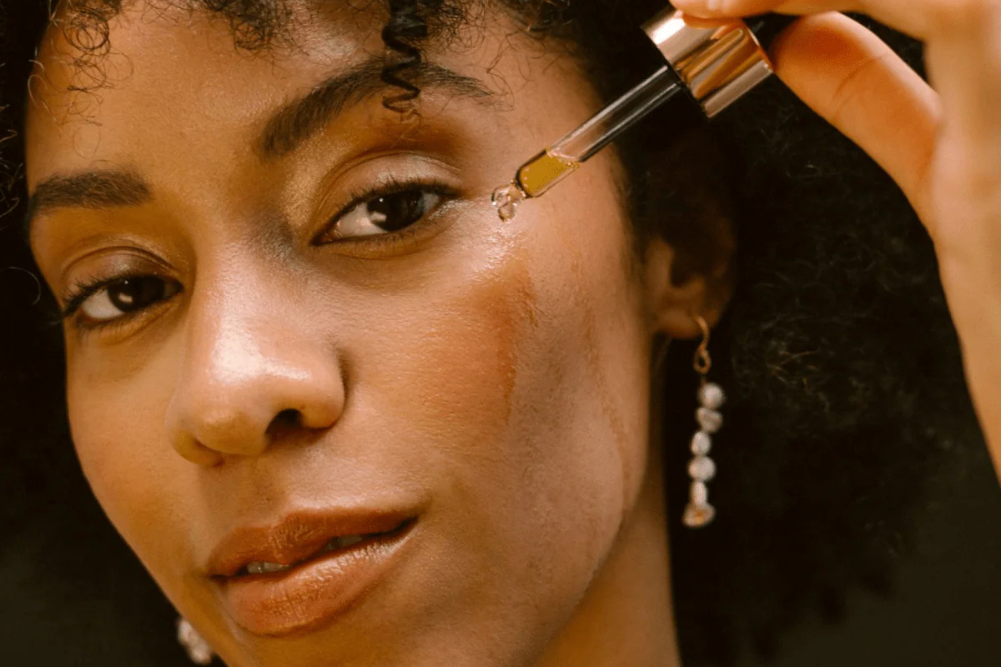All about olive oil
Olive oil gets a lot of credit for being a healthy fat, and for good reason. It has many health benefits, from protecting against heart disease to potentially warding off cancer cell growth. Plus, it’s a versatile oil to use in the kitchen, which is why you’ll find it in so many of our healthy recipes. Here we’ll answer all your questions about the oil — like “What should I use olive oil for?” “Does olive oil go bad?” and even “Can dogs have olive oil?” — so you can see which olive oil is best for you. Spoiler: Olive oil is OK for dogs to eat, if you feel inclined to split your bruschetta with your pup.
One tablespoon of olive oil contains 120 calories, 0 grams carbohydrates, 0 grams protein and 14 grams fat, which includes 2 grams saturated fat, 10 grams monounsaturated fat and 1
gram polyunsaturated fat.
The mono- and polyunsaturated fats are the heart-healthy kind that help keep cholesterol levels in a healthy range, which helps ward off heart disease and other chronic diseases. Saturated fats typically come from animal sources, but there are small amounts found naturally in plant-based oils. While it’s important not to eat too much saturated fat, keeping it to under 5 to 6% of your daily calories, as recommended by the American Heart Association, means it’s OK to have up to 13 grams per day (on a 2,000-calorie diet).
A study published in the journal Lipids analysed the effect of oleic acid, a main component of olive oil, on inflammation. Researchers found that as consumption of monounsaturated fats like olive oil went up, inflammation levels went down. The type of inflammation they studied is commonly seen as a precursor to heart disease and chronic conditions. The anti-inflammatory effects of oleuropein, a component found in olive oil, might also protect against diabetes and promote weight loss, as reported by a study in the journal Biochemistry.
A newly identified compound called elenolide could be behind olive oil’s heart-healthy properties. A study published in the Journal of the Science of Food and Agriculture found elenolide in the majority of more than 2,000 olive oils sampled. Elenolide is characterised as an anti-hypertensive agent, which is a fancy way of saying it helps prevent high blood pressure. The higher the quality of the olive oil, the more elenolide is present. In another study, olive oil consumption was linked to up to a 17% reduced risk of cardiovascular disease and stroke compared with the consumption of other types of oils, giving you all the more reason to get your fill of this healthy fat.
A recent study analysed the diets of adults from Greece and several Mediterranean islands to see how olive oil related to aging. The authors found that those who used olive oil exclusively as their dietary fat had significant improvements in the successful aging index, which is a measure of age-related lifestyle, social and clinical factors. These findings were especially strong for people over 70 years old. A study published in the Annals of Clinical and Translational Neurology had similar findings regarding the brain-protective effects of olive oil. The researchers concluded that a diet rich in extra-virgin olive oil may improve symptoms of Alzheimer’s disease by improving the body’s ability to clear out dead or damaged cells.
Phytochemicals in olive oil may also block the formation of tumours by suppressing drug-resistant malignant cells, particularly in breast cancers, according to a recent study. Research published in the journal Nutrients found that oleacein, another component in olive oil, can reduce the growth of many cancers. These exciting advancements in cancer research are ones to watch, especially when they point to food as medicine.
Here is a little more on what olive oil labels actually mean: Extra-virgin and virgin oils are processed by being pressed without heat to extract oil from olive plants. The main difference between the two is that extra-virgin olive oil must be pressed within 24 hours after the olives are picked. Nutritionally, the two are similar: extra-virgin has more polyphenols and fewer free fatty acids than virgin olive oil, but both are equally healthy and nutritious options.
Additionally, oils can be filtered or unfiltered, meaning they still contain parts of the olive flesh. The major difference here is that unfiltered oils have a shorter shelf life.
“Light” or “extra light” are marketing terms, typically used to indicate highly refined oils. These terms refer to a milder flavour but have no definition and are no reflection of calorie or fat content.
Olive oil has a shorter shelf life than many people realise, only about 18 to 24 months once bottled. This is because exposure to light and oxygen can make olive oils turn rancid and lose their flavour (and their polyphenol content). Buy olive oil in opaque containers and store it out of direct light to make it last. If you don’t regularly use this type of oil, try buying small containers to prevent waste.
There is a lot of controversy on when to use olive oil and how to cook with it. This mainly stems from debate about olive oil’s smoke point, which is the temperature at which the oil literally starts to smoke (and may catch fire if it continues to be heated). Heating to this point starts to degrade the oil and breaks down its health-promoting compounds. Olive oil has a smoke point between 365° and 420°F. It is a great oil to enjoy raw in salad dressings or to sauté vegetables up to medium heat. If you are frying or using another very-high-heat cooking method, consider subbing it out for another oil, such as canola oil.
The short answer to the question “Is olive oil healthy?” is yes. It’s a great product with nutritional benefits and anti-inflammatory and anti-carcinogenic potential. And when you know how to choose, store and use your olive oil for the best results (for your health and your plate), you’ll get the most out of it. Now that you’ve got the details, let’s get cooking!
Article Featured in Smart Food Ideas Mediterranean Diet








